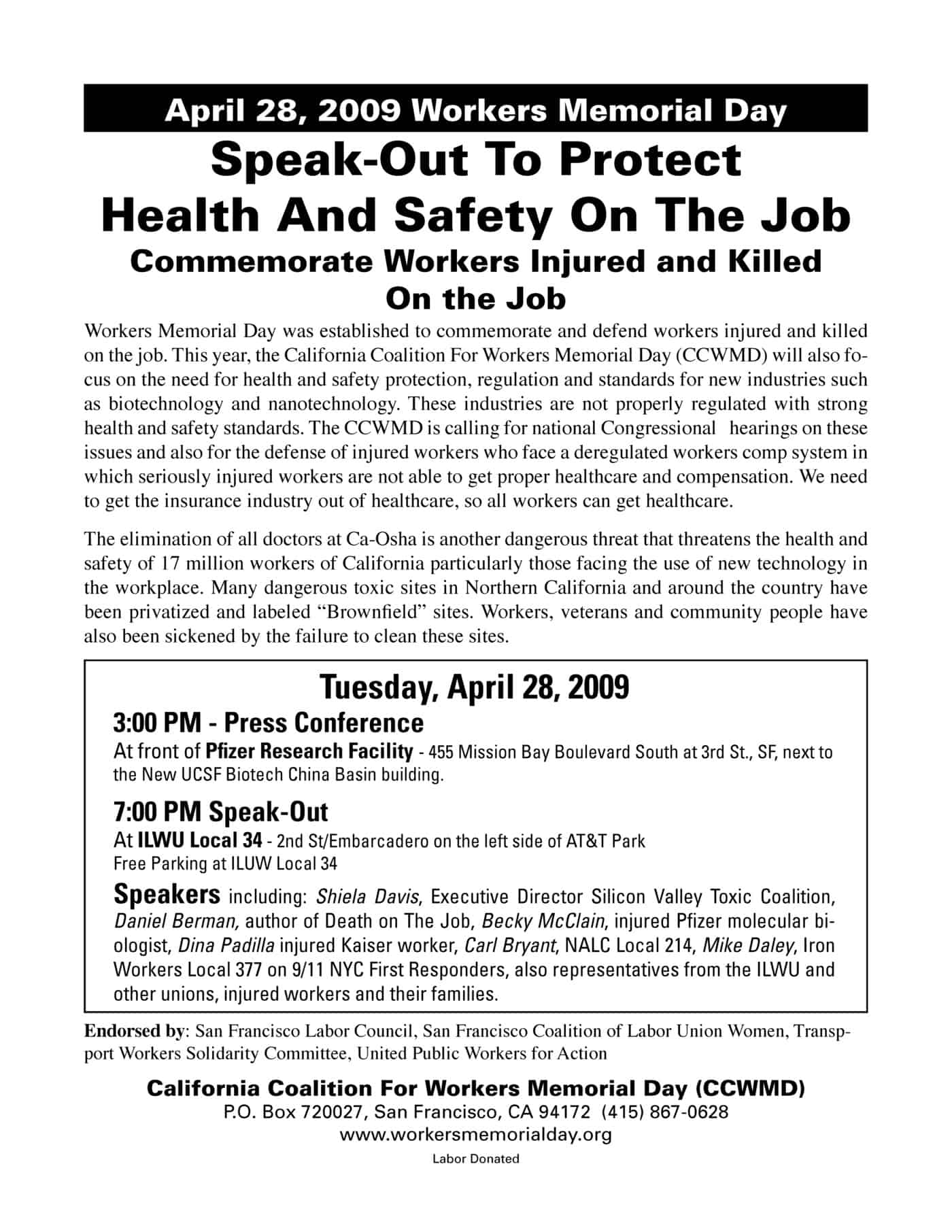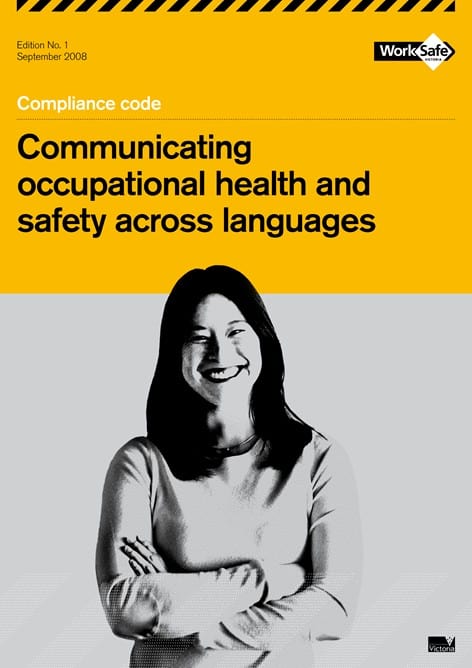In Australia, at the moment, there are several governmental inquiries that could involve safety management issues. Submissions to inquiries can often be bloated with information that a review panel already knows or can be off topic. Frequently, relevant but not essential information is included in the body of the submission where it could be just as easily included in an appendix.
Past experience in handling Cabinet submissions has indicated that a brief listing of the recommendations or requests is best, as this makes it much easier for the review panels to digest. People tend to forget that their submission is going to be one of, perhaps, hundreds, and that brevity is highly valued in the public service (except perhaps in their own publications and reports?).
This position on brevity is one that should also be applied to client reports concerning workplace safety. Many consultants forget that their clients are already very familiar with their own workplace and don’t need to be shown “how to suck eggs”.


